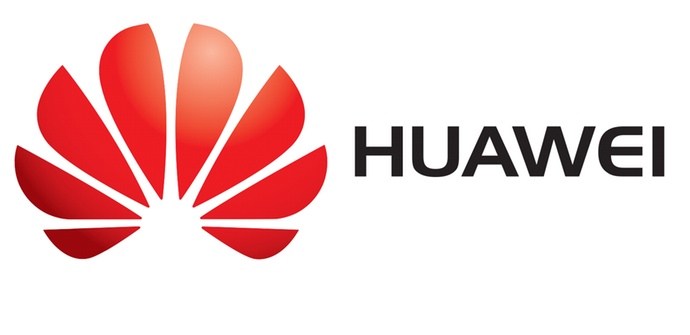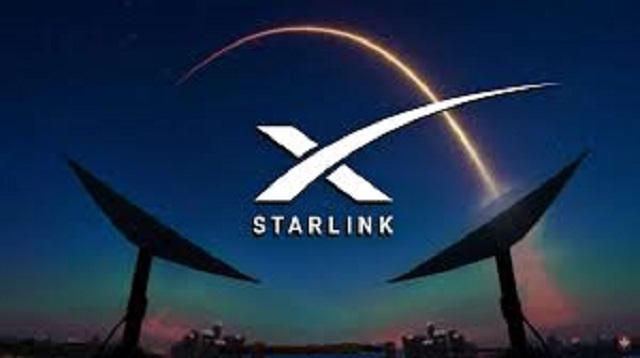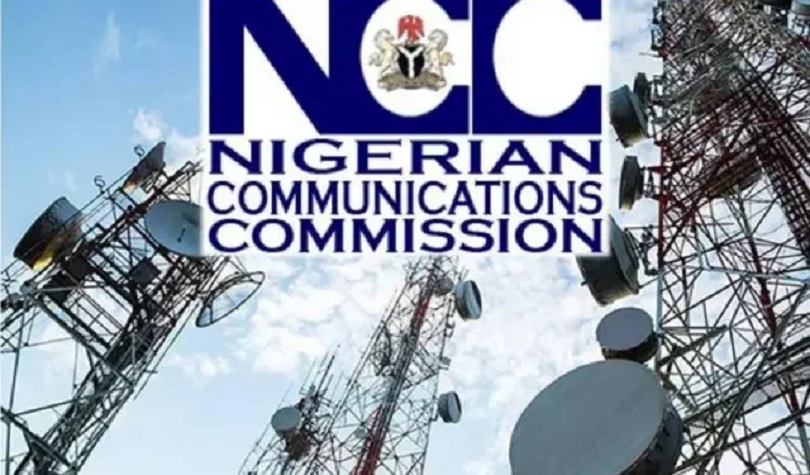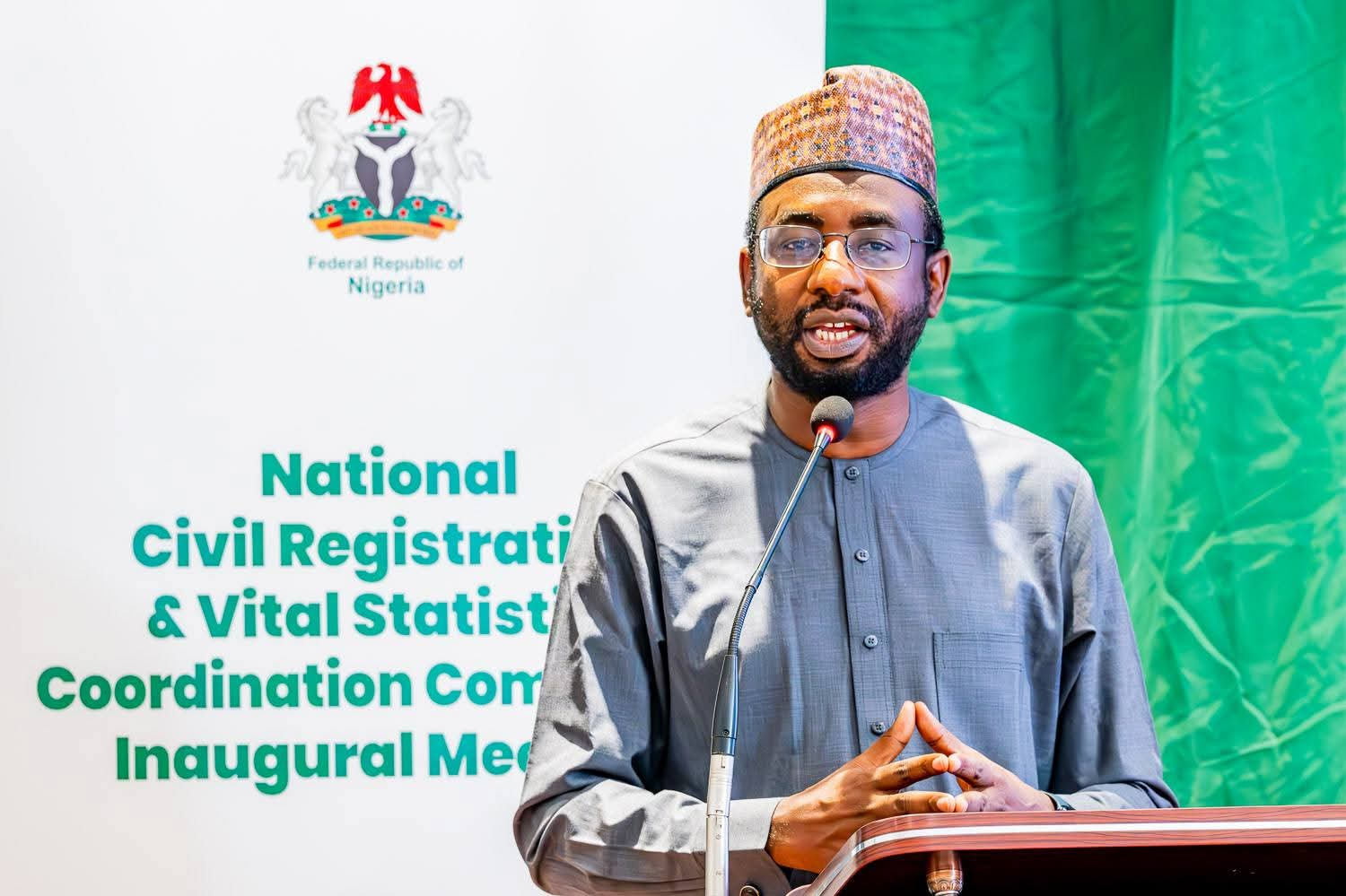Telecom
Huawei says HarmonyOS is not Android Replacement

Huawei has reiterated its recently-launched operating system (OS) HarmonyOS is not a replacement for Android.
Huawei stated this at a media briefing in South Africa to give details of the new OS, which was unveiled last week. When it was introduced, many reports said it was an alternative to Google’s Android OS because of the timing of the launch.
Huawei stated HarmonyOS would initially be used on devices targeting the Chinese market.
The company’s subsidiary brand Honor unveiled the Honor Vision line of smart TVs, as the first consumer electronics devices to run HarmonyOS.
It added the OS will first be used for smart devices like smartwatches, smart screens, in-vehicle systems and smart speakers.
The Chinese telecommunications firm launched its own OS following its blacklisting by the US government, which resulted in companies, including Alphabet’s Google and British chip designer ARM, limit or cease their relationships with it.
Google is still banned from doing business with Huawei, although some exemptions are allowed but must be applied for.
Google’s parent Alphabet announced it would suspend any business that “requires the transfer of hardware, software and technical services except those publicly available via open source licensing”.
It also means Huawei technology would no longer receive software updates, be upgraded to new versions of Android, or have access to the Google Play Store and services. This would lock Huawei devices out of the app store and mean popular services like Google Maps, Music, YouTube and Assistant will not work.
The Google ban would mean future Huawei phones and tablets would no longer have an Android licence.
Speaking during the event, Akhram Mohamed, CTO of Huawei Consumer Business Group SA, said HarmonyOS is not a replacement for Android and it was not launched because of the crisis with the US government.
He pointed out that unlike Android, Harmony’s all-scenario, intelligent experience sets a high bar for connectivity, so HarmonyOS was designed with four distinct technical features to deliver on its promise to consumers.
“We are creating something that did not exist,” said Mohamed. “Harmony is the first-ever device OS with distributed architecture, delivering a seamless experience across devices.”
He explained that HarmonyOS will address underperformance challenges with a “deterministic latency engine” and high-performance inter-process communication (IPC).
According to Huawei, the deterministic latency engine sets task execution priorities and time limits for scheduling in advance. Resources will gravitate toward tasks with higher priorities, reducing the response latency of apps by 25.7%. The microkernel can make IPC performance up to five times more efficient than existing systems.
The company adds HarmonyOS uses a new microkernel design that features enhanced security and low latency.
This microkernel was designed to simplify kernel functions, implement as many system services as possible in user mode outside the kernel, and add mutual security protection. The microkernel itself provides only the most basic services like thread scheduling and IPC.
Powered by a multi-device IDE, multi-language unified compilation, and a distributed architecture kit, HarmonyOS can automatically adapt to different screen layout controls and interactions, and support both drag-and-drop control and preview-oriented visual programming, says Huawei.
It notes this allows developers to more efficiently build apps that run on multiple devices. With a multi-device IDE, developers can code their apps once and deploy them across multiple devices, creating a tightly integrated ecosystem across all user devices.
Mohamed added Huawei is still committed to the Android OS as shown by its continued development of OS EMUI.
Huawei EMUI, formerly known as Emotion UI, is a custom mobile operating system that is based on Android that Huawei uses on most Huawei and Honor-branded smartphone devices.
Telecom
Airtel Africa Partners Starlink to Launch Direct-to-cell Service in 14 Markets

Airtel Africa said on Tuesday it has partnered with SpaceX to introduce Starlink’s direct-to-cell satellite technology to all its 14 markets.

The satellite-to-mobile service will begin across Africa in 2026, with data for select applications and text messaging, Airtel Africa said in a statement.
Airtel Africa customers with compatible smartphones in regions without terrestrial coverage will have network connectivity through Starlink.
The deal also includes “support for Starlink’s first broadband Direct to Cell system, with next-generation satellites that will be capable of providing high-speed connectivity to smartphones with 20x improved data speed,” Airtel Africa said.
Last month, Kyivstar, Ukraine’s largest mobile operator, became the first in Europe to launch Starlink’s direct-to-cell satellite technology in a bid to keep millions connected amid wartime blackouts and disrupted infrastructure.
Telecom
NCC Blames NOGASA for Abuja Outage

Nigerian Communications Commission (NCC) has blamed the actions of the National Oil and Gas Suppliers Association (NOGASA), for the recent telecom blackout experienced in the Abuja area.

NCC
A statement issued on Friday by the Head, Public Relations, NCC, Mrs. Nnenna Ukoha, while acknowledging the challenges and impact of the degraded Quality of Service (QoS) in the area on subscriber experience, stated: “The challenges are a result of the activities of the National Oil and Gas Suppliers Association (NOGASA), which disrupted diesel supplies to sites with the attendant telecommunications services outages in Abuja.”
She however disclosed that the telecommunications sector regulator is committed to ensuring restoration of seamless communication services to the affected area, and all Nigerians at large, and recognizes the importance of reliable power supply for the provision of optimal telecommunication services.
“The Commission is collaborating with major stakeholders and licensees to address these challenges, largely caused by disruption to diesel supply affecting IHS Nigeria Limited, the colocation provider responsible for powering Airtel and MTN base stations in the affected areas.
“The NCC is actively engaging with relevant stakeholders to address the diesel supply issues and explore sustainable solutions.
“The Commission urges all parties to work together to collaboratively resolve these challenges swiftly by removing the diesel supply bottlenecks affecting critical telecommunications infrastructure, arising from NOGASA’s actions.
Ad image
“In the face of these challenges, we reiterate our commitment to fostering a conducive environment for the growth and sustainability of telecommunications services in Nigeria.
“We are taking proactive steps to facilitate dialogues between the impacted service providers and other stakeholders to promptly resolve the diesel supply concerns that have negatively impacted service quality.”
While assuring that the Commission remains dedicated to effectively managing the situation and will keep the public updated on progress towards restoring full telecommunication services in Abuja, Mrs. Ukoha appreciated subscribers for their patience.
“We thank telecommunications subscribers for their understanding and patience during this period and reaffirm our commitment to delivering high-quality telecommunications services nationwide,” she said.
Telecom
NITDA Charts Path for Kano as Innovation Hub

Mallam Kashifu Inuwa Abdullahi, Director-General of the National Information Technology Development Agency (NITDA), has called for a fundamental shift in Kano State’s economic strategy, urging stakeholders to embrace innovation, technology and collaboration as the drivers of growth in the 21st century.

Mallam Kashifu Inuwa Abdullahi, Director-General of the National Information Technology Development Agency (NITDA)
This is contained in a press statement e-authored by the Director of Corporate Communications & External Relations at NITDA, Hajia Hadiza Umar.
Speaking at the Kano Startup Weekend, Mallam Abdullahi acknowledged Kano’s long-standing reputation as the commercial nerve centre of Northern Nigeria and the wider Sahelian region, noting that its history of trade, enterprise and human capital provided a solid foundation for future growth.
Abdullahi emphasised that while these strengths powered Kano’s success for centuries, the modern economy now offered even greater opportunities through innovation and technology.
He described innovation as the process of transforming ideas into impactful solutions through commercialization, stressing that when ideas were effectively deployed, they created value, solved societal challenges and generated sustainable economic growth.
He noted that Kano’s large market, strategic location and vibrant entrepreneurial culture placed it in a strong position to take advantage of innovation-driven opportunities.
According to him, “Innovation is the process of taking an idea from inception to impact. Invention on its own is a cost centre, but when you commercialise an idea, when you turn it into a product or service that solves a real problem and creates value, that is when you begin to drive economic growth and inclusion.”
He noted that the state hosted numerous degree-awarding institutions across federal, state and private ownership, providing a strong base for human capital development.
However, the NITDA DG expressed concern that these institutions often operated in isolation from industry, with research outputs rarely translating into commercial or industrial applications.
He explained that innovation did not happen in silos and stressed the need for a strong, interconnected ecosystem that brought together academia, industry, startups, entrepreneurs and government.
According to him, universities should conduct research informed by industry needs, industries should leverage research to improve productivity and competitiveness, and startups should serve as the bridge that converted ideas into market-ready solutions.
The NITDA boss further encouraged entrepreneurs to leverage technology to build businesses that could grow beyond local markets, explaining that innovation-driven enterprises had the power to scale rapidly, create jobs and position Kano competitively at both national and global levels.
According to him, digital platforms and emerging technologies now made it easier for startups to reach wider markets and develop solutions that were previously unimaginable.
“You can start your business here in Kano, but your thinking must be global from day one. Technology has removed barriers. With the right skills and platforms, a startup in Kano can build solutions that serve not just Nigeria, but the world,” he noted.
Highlighting NITDA’s ongoing interventions, its Director-General outlined the Agency’s commitment to building national innovation capacity through targeted human capital development programmes.
He cited the Digital Literacy for All (DL4ALL) initiative, which aimed to equip Nigerians across all segments of society with essential digital skills, and the 3 Million Technical Talents (3MTT) programme, designed to produce a pipeline of globally competitive technical professionals in areas such as software development, data analysis and emerging technologies.
He said, “Through DL4ALL, we are ensuring that Nigerians at all levels have the basic digital skills needed to participate in the digital economy, while 3MTT is deliberately building a pipeline of globally competitive technical talents who can drive innovation, create jobs and attract investment.”
Abdullahi explained that these programmes were key pillars of President Bola Ahmed Tinubu’s Renewed Hope Agenda, which prioritised skills development, innovation, job creation and inclusive economic growth as pathways to national prosperity.
According to him, empowering Nigerians with digital and technical skills was essential for building a resilient economy capable of competing in the global digital landscape.
“President Tinubu’s Renewed Hope Agenda is about investing in people, empowering them with relevant skills and creating opportunities for inclusive growth.
“At NITDA, we are using digital skills and innovation as tools to translate that vision into real economic impact for Nigerians,” he said.
The NITDA boss urged all stakeholders in Kano to work together to build a functional innovation ecosystem that could unlock the state’s vast potential and expressed confidence that with the right mindset, strong collaboration and sustained investment in digital skills and innovation, Kano could reclaim its historic leadership role and emerge as a major innovation and entrepreneurship hub in Nigeria and beyond.

 E-Financial2 days ago
E-Financial2 days agoSupreme Court Clears Fidelity Bank in ₦225bn Sagecom Saga

 E-Financial2 days ago
E-Financial2 days agoPreventing Financial Crimes Amid Mounting Insecurity: Why Following the Money is Now a Survival Imperative

 E-Financial2 days ago
E-Financial2 days agoUnion Bank Clinches Top Workplace Practice Honour at Sustainability Awards

 Broadcasting2 days ago
Broadcasting2 days agoDavido, Babajide Sanwo-Olu, Karl Toriola, Others To Be Honoured At The Most Influential People of African Descent Awards In Lagos

 News1 day ago
News1 day agoSiBAN New Executive Council to Champion Vision for Nigeria’s Digital Economy

 Telecom2 days ago
Telecom2 days agoNITDA Charts Path for Kano as Innovation Hub

 Telecom1 day ago
Telecom1 day agoNCC Blames NOGASA for Abuja Outage

 E-Financial1 day ago
E-Financial1 day agoTax Reform or Financial Exclusion? The Trouble with Mandatory TINs

























